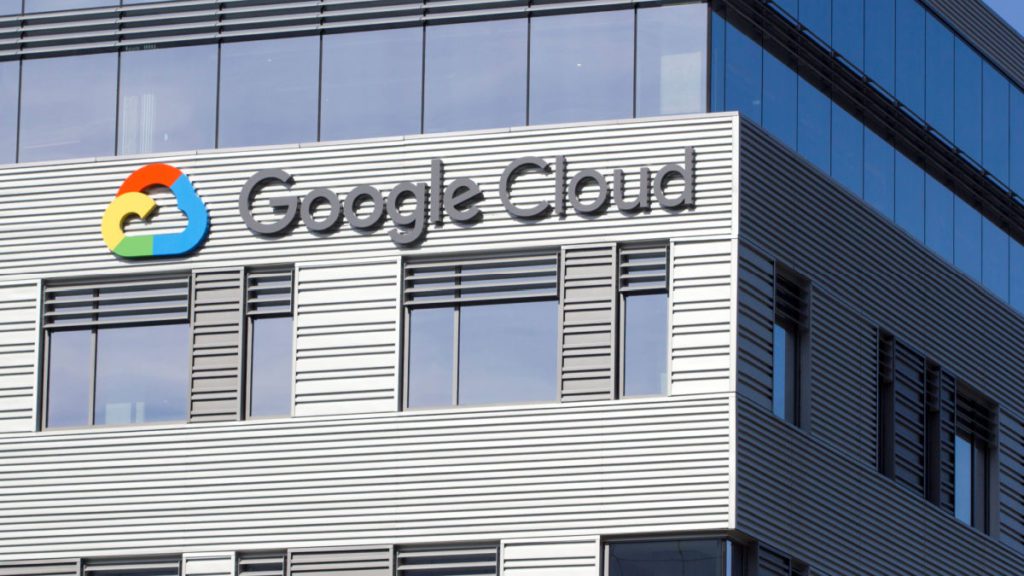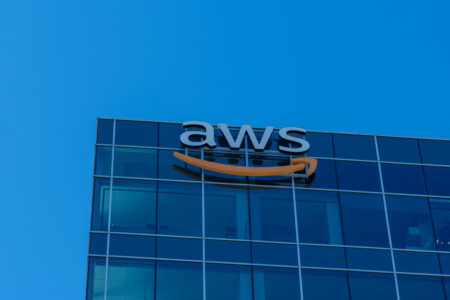
Keenly focused on where business in the cloud is going rather than where it’s been, Google Cloud is leveraging its own data-centric organic innovation plus a rapidly expanding portfolio of partnerships to overtake Microsoft as the innovation leader in the cloud.
With a cloud business that’s barely one-quarter the size of Microsoft’s — Google Cloud will finish this calendar year with revenue of about $26 billion compared to my projection of $100 billion for Microsoft — it’s imperative that Thomas Kurian’s company outflank Satya Nadella’s as the cloud vendor best suited to take customers into the wild new world of digital business.
And what I saw this week at Google Cloud Next is a company that is just beginning to hit its stride in helping customers move into that digital future. As Kurian nears the end of his fourth year at the helm of Google Cloud, the company presented a massive list of new products with very clear articulations of their customer value but also showed how a wide range of partnerships is helping Google Cloud gain outsized influence among large and mid-sized enterprises.
I also feel it’s important to contrast Google Cloud’s upbeat and customer-centric mindset and level of preparedness with the recent comments made by Microsoft executive vice president Judson Althoff, who recently sharply criticized moves — by Microsoft’s own customers! — to create resilient supply chains with lower levels of global risk.
Trotting out a bizarre “we’re all citizens of the planet” rationale, Althoff told attendees at a recent Goldman Sachs investors conference that companies should keep their far-flung global supply chains in place rather than adopting onshoring as a way to mitigate risk, optimize operations, engage more successfully with customers, and boost profitability. For the full story on that, please see Microsoft EVP Althoff Trashes Customers’ Shift to Onshoring.
I bring that up because Althoff is one of Microsoft’s top three executives — he’s EVP and chief commercial officer — and it is impossible to separate those comments he made at an investors conference from the position taken by the company itself. So, unless or until Microsoft makes some comment regarding Althoff’s “citizens of the planet” doozy, it would be very difficult for a big corporation evaluating Microsoft versus Google Cloud to think that Microsoft will have that customer’s best interests at heart.
And at its Next event, Google Cloud showcased a range of initiatives aimed directly at the top business priorities of its customers and prospects broken out into these customer-centric categories: Build, Analyze, Design, Modernize, Operate, Secure, Collaborate, and Innovate.
Of all the partnerships announced, I thought the most compelling was around the open-data ecosystem to allow customers greater freedom to move and access data across platforms, various storage formats, and even storage vendors. Some details:
- Elastic: its search capabilities are now available in Google Cloud’s data cloud to allow customers to federate their search queries to their data lakes within Google Cloud.
- MongoDB: accelerating movement of data between Atlas and Google Cloud’s BigQuery, plus better options for incorporating Vertex AI.
- Palantir: BigQuery becomes the data engine for Palantir’s Foundry Ontology, enabling customers to move and analyze data across manufacturing plants, distribution centers, and equipment.
- Collibra: now able to integrate with Dataplex, Collibra helps customers discover data in a business context and apply consistent controls on data stored in clouds from various leading providers as well as on-prem environments.
Along with that, Google Cloud made significant enhancements to its data cloud, including BigQuery support for unstructured data, Apache Spark, and DataStream. In general, I got the impression from Google Cloud that it is ready now to get very serious about its data cloud and elevate it from among its promising new offerings to being a core platform that customers can use for a variety of strategic initiatives with BigQuery at the hub.
There were many more announcements — across cybersecurity (aka Trusted Cloud), Open Infrastructure Cloud, and Collaboration Cloud.
In his keynote, Kurian offered examples across this range of new cloud services and said, “Our vision for cloud computing is simplifying all technologies so your business can digitize and accelerate.” He cited some intriguing customer examples:
- Groupe Renault used analytics to save 100M Euros;
- Home Depot saved 30% from its information technology (IT) budget by consolidating and modernizing its IT systems
- Bell Canada is now able to deploy 5G services in five weeks rather than six months;
- and Chicago Mercantile Exchange can now deliver real-time data for 90% less cost.
But perhaps the most compelling set of innovative ideas came from a few members of the OCTO (Office of the CTO) team, which I have long said is a hidden gem within Google Cloud. They spoke about engagements with banks, governments, Major League Baseball, insurance companies, and more driven by their work in artificial intelligence (AI) and analytics.
Sustainability was a major issue, as was the growing trend around geospatial data and the applications AI can have for elevating new insights around everything from natural disasters (flood planning) to business opportunities (which neighborhoods have the most swimming pools).
One of the OCTO team said he’s working with a bank that said will spend $17 billion on IT this year, a figure he called “mind-boggling.” By helping customers like that stop the current process of adding endless layers of technology and resulting complexity to the infrastructure stack, those customers will be able to redeploy enormous sums toward growth initiatives while also mitigating huge levels of risk and complexity.
Final Thought
Microsoft remains a remarkable company, and my contention that Google Cloud has now surpassed it as the primary driver of innovation in the cloud does not mean I think Microsoft’s deficient in that area. But this is a long game — how many times have we heard the cloud market’s only 15-20% penetrated? — and the ideas that were at the forefront of innovation just a few years ago are regarded today as rather stodgy and out of time.
Google Cloud Next was a celebration of customer-centric innovation involving some of the most advanced — and extraordinary — technologies of our time. It was also an unabashed tribute to the power of partnerships where two or more tech vendors can do more for customers than any one could do individually.
Plus, in direct counterpoint to the recent episode with Microsoft’s Althoff, Google Cloud executives did not disparage customers for taking ambitious and innovative steps to future-proof their business and create the foundations for prosperity and growth in the digital world.
And that’s what can shift the balance of power — and momentum — in the greatest growth market the world has ever known.
Want to gain more insights from Bob Evans and view cloud-focused content from Cloud Wars Expo? On-demand video from the event is rolling out now, with more than 40 hours of cloud education content — featuring 100-plus speakers — to be made available in the coming days. All content is free to Acceleration Economy subscribers with an on-demand pass.








